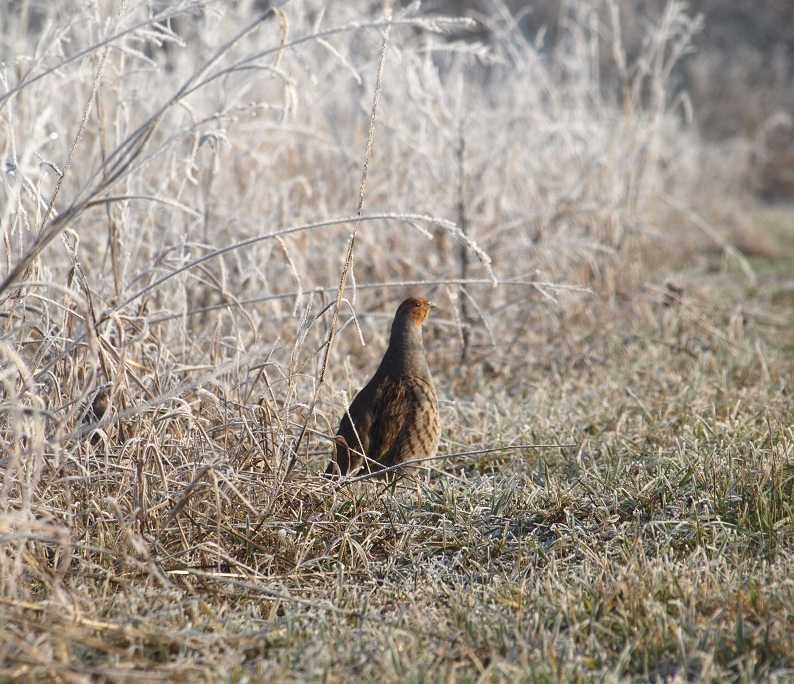Conserving nature at local level requires knowledge of the species to be conserved and commitment to adaptive management (which is “learning by doing”). In order to learn by doing, one needs to record what is present, and how it reacts to the changes one makes. That is as true for restoring habitats as it is for restoring species like the Grey Partridge. Therefore, before anyone begins a project to conserve a species, it is essential to understand the current situation: what is the abundance of the resource to be restored, is it increasing or decreasing, and how well are its needs currently being met.
Recording habitats

Mapping upland habitat onto Google Earth
Partridges are a flagship because they need good habitat, so whether partridges or habitats alone are to be restored, a first stage is to map current habitats. The first link on this page is for downloading a mapping tool, which is available in the languages of this project. You will also need to provide a map image of your study area. The second link is to instructions for setting up the image so you can produce a baseline map of habitats in your area. The page on Revitalising Habitats (see the Menu) gives you links to managing that habitat. At a later stage you can map the resulting changes in habitat, thereby monitoring the success of your management scheme and starting the process of adaptive management.
Surveying

Count that partridge! (© V Šegrt)
The process of setting a baseline and then monitoring is important whether restoring Grey Partridges or other species. In principle, for animals or plants, one needs to record:
1. The number of individuals that reproduce in the managed area;
2. The success of their reproduction each year.
These recordings reveal population change and indicate whether breeding is enough to maintain the population or even sustain some harvest. If individuals that have yet to breed can be recognised separately from breeders (e.g. by natural markings or placing artificial markers), one can also record recruitment rates and survival between periods of the year (e.g. autumn and spring or one summer and the next). That can tell you more about why a population is changing.
For partridges, a variety of survey methods are used, reflecting differences in farm structure, land holdings, the habitat being monitored and who does the monitoring (e.g. scientists, hunters, land managers). These methods are described on the national sites, for which a link is provided below.
On the web
This simple mapping tool works on Windows computers. It is easy to use in 10 languages.
You need to provide a map image of your study area, either with a coordinate grid or as an aerial photo or digital map screenshot showing sites near each corner to which you can assign coordinates.
A variety of widely used methods for surveying Grey Partridges are described.
Where partridge habitats are primarily arable (cereals and break crops of oilseed rape for example) and farms are large (>100 ha) and contiguous, counts are done from four-wheel drive vehicles driven across the fields in the autumn and around the field boundaries in spring by land managers.
Where fields are smaller and crops are more varied, point counts may be conducted in spring sometimes with playbacks of bird calls.
Lines of people, such as hunting syndicate members, may traverse fields on foot to flush birds.
Areas of extensive grass or moorland habitats, or farmland where high, standing crops make it difficult to utilise vehicles for surveying fields, partridges may be counted on foot with dogs.